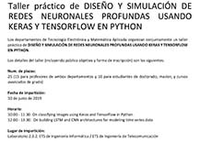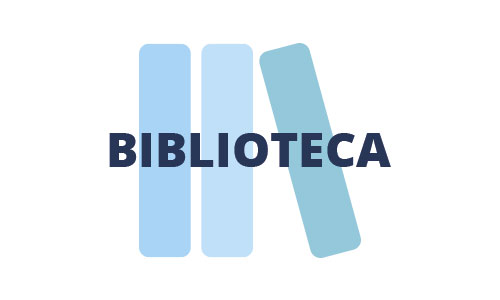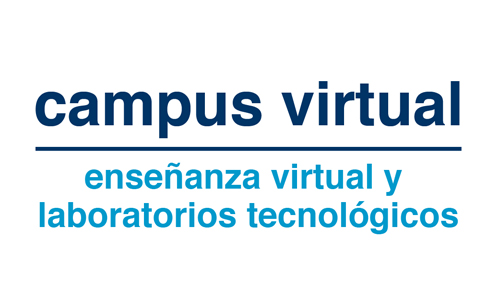Taller práctico de DISEÑO Y SIMULACIÓN DE REDES NEURONALES PROFUNDAS USANDO KERAS Y TENSORFLOW EN PYTHON
 1
/
1
1
/
1

Los departamentos de Tecnología Electrónica y Matemática Aplicada organizan conjuntamente un taller práctico de DISEÑO Y SIMULACIÓN DE REDES NEURONALES PROFUNDAS USANDO KERAS Y TENSORFLOW EN PYTHON.
Los detalles del taller (incluyendo público objetivo y forma de inscripción) son los siguientes:
Num. de plazas:
25 (15 para profesores de ambos departamentos y 10 para estudiantes de doctorado, master, y cursos avanzados de grado)
Fecha de impartición:
10 de junio de 2019
Horario:
10:00 - 11:30: On classifying images using Keras and Tensorflow in Python
12:00 - 13:30: On building LSTM and CNN architectures for modeling time series data
Lugar de impartición:
Laboratorio 2.3.2. ETS de Ingeniería Informática / ETS de Ingeniería de Telecomunicación
Direcciones de contacto y consulta:
Miguel Atencia matencia@uma.es
Gonzalo Joya gjoya@uma.es
Solicitud de inscripción :
https://www.eventbrite.com/e/registro-taller-de-deep-learning-61029968278
Organiza:
Dpto. Matemática Aplicada y Dpto. Tecnología Electrónica
Resúmenes de ambas sesiones:
On classifying images using Keras and Tensorflow in Python
Ponente: Catalin Stoean (Universidad de Craiova)
This hands-on presentation will be focused on practical, essential aspects that are necessary in order to build a custom classifier. The tutorial will start from prerequisites, like the libraries that are necessary to install, to the step-by-step procedure for classifying new classes, which have not been previously learnt, by a pre-trained model using transfer learning. Such a separation of new classes of objects in images starts with the building of the novel image data set, its separation into training, validation and test sets. The model will learn to distinguish the objects from the images in the training set, it will be tuned on a validation set and finally it will face images from the previously unseen test set.
On building LSTM and CNN architectures for modeling time series data
Ponente: Ruxandra Stoean (Universidad de Craiova)
Stock price prediction is one very challenging and desirable real-world task. The challenge comes from the very dynamic nature of stock movement that is triggered by many different known and unknown factors. An accurate prediction is naturally connected to money gain. In this tutorial, two deep learning architectures will be employed to model such time series data, namely the long short-term memory networks and the temporal convolutional neural networks. The implementation will be performed in Python, using Keras API with Tensorflow backend.





